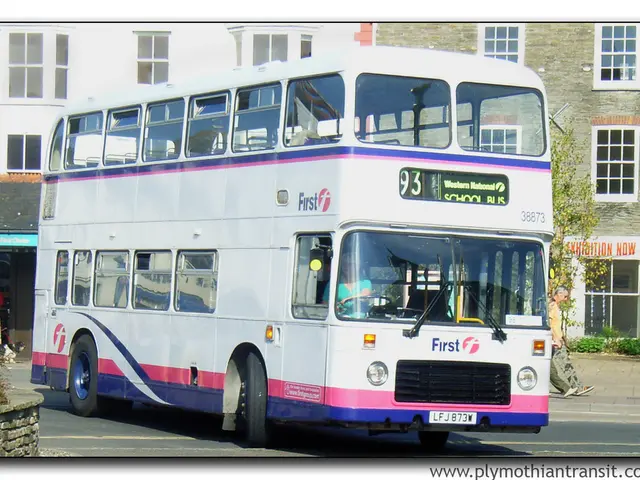Utilizing Trello as a Stealthy Edge for Agile Task Management
In today's fast-paced business environment, the need for flexible and adaptable project management solutions has never been greater. One such solution that has gained considerable popularity is the combination of Agile and Scrum frameworks, coupled with the easy-to-use project management tool, Trello.
The Agile philosophy revolves around splitting large projects into smaller, manageable chunks, prioritising them, and executing them through continuous iterations. This approach, originally developed for software development, has since been adopted by teams from various industries to improve productivity and workflow flexibility.
Trello, based on the Kanban productivity system, offers a visual, flexible Scrum board that can effectively manage Agile projects from planning through delivery. By adapting Trello as a Scrum board, teams can enhance transparency, collaboration, and productivity.
To set up Scrum using Trello, begin by creating a board that represents your Scrum project. Organise your board into lists that correspond to Scrum workflow stages, such as Product Backlog, Sprint Backlog, In Progress, In Review, and Done. Use Trello cards to represent individual user stories, tasks, or bugs, each card can be detailed with descriptions, checklists, attachments, and due dates.
Trello's features support Scrum practices. Assign members to cards to indicate task ownership, use labels to categorise card types or priorities, create checklists within cards to break down tasks into smaller steps, set due dates to align with sprint timelines, and leverage Trello’s flexibility to define your own conventions.
Planning and executing sprints involves conducting Sprint Planning by moving prioritised cards from the Product Backlog to the Sprint Backlog list. During the sprint, team members move cards across the board as the work progresses — e.g., from In Progress to Done. Hold Daily Scrums to sync on progress, and at Sprint Review and Retrospective, review completed cards in "Done," gather feedback, and adjust processes for the next sprint.
Maintaining backlog and team collaboration is crucial. Regularly refine and prioritise the Product Backlog to keep it relevant and manageable. Use Trello for transparent collaboration by allowing stakeholders and the team to comment on cards, share files, and provide feedback. Encourage team commitment to Scrum principles, as tools like Trello aid but do not replace the mindset and discipline needed for Scrum success.
Common challenges can be overcome by training team members on Scrum roles and responsibilities, using Trello's simplicity to reduce resistance to change, improving sprint planning by breaking tasks into manageable cards, and engaging stakeholders by sharing the board or exporting reports to demonstrate progress.
By adapting Trello as a visual, flexible Scrum board, teams can effectively manage Agile projects from planning through delivery. The key is to customise Trello workflows to align with Scrum roles and ceremonies, ensuring the tool empowers rather than restricts your Agile process.
In addition to these strategies, Trello cards can host files, comments, user stories, and any other data, making them powerful and independent units in your workflow. Scrum is a practical framework within the Agile methodology, formulated by Jeff Sutherland.
Trello also offers an On-hold list to store all the tasks that are currently blocked, and while it does not offer time tracking, you can log hours using an integration with Hubstaff time tracking. It's useful to keep each task card assigned to a single team member to avoid confusion about who's responsible.
In conclusion, the combination of Agile and Scrum frameworks with Trello provides a powerful and adaptable solution for project management. By following the strategies outlined above, teams can streamline their workflow, increase transparency, and boost productivity.
- To improve productivity and workflow flexibility in a rapidly changing business environment, consider adopting the Agile approach for project management, which involves splitting projects into manageable chunks and executing them through continuous iterations.
- For a visual and flexible Scrum board to manage Agile projects, teams can utilize Trello, a tool that supports Scrum practices such as assigning members to cards, setting due dates, creating checklists, and labeling cards for easier categorization.
- Artificial Intelligence can make its way into project management tools like Trello, with third-party integrations like Hubstaff, offering time tracking services to help teams measure and optimize their productivity.
- When it comes to blogging about technology, discussing gadgets or the latest trends in Agile project management, such as the combination of Agile and Scrum frameworks with Trello, can attract readers who are passionate about staying updated on these topics.




